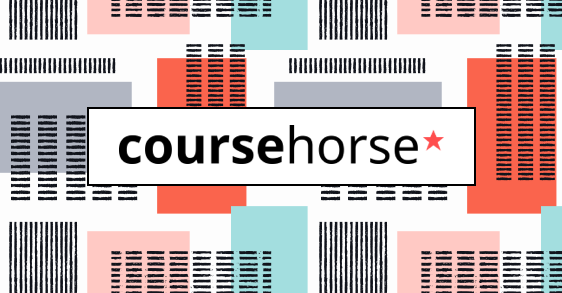FEAF V2: Federal Enterprise Architecture - Foundation
- All levels
- 18 and older
- $2,995
- 1401 H St NW, Washington, DC
- 38 hours & 30 minutes over 5 sessions
Thankfully we have 8 other Architecture Classes for you to choose from. Check our top choices below or see all classes for more options.
Digital Photo Academy @ Cross Streets TBA, Washington, DC
Capture stunning images and master your camera's capabilities with personalized instruction from expert photographers at Digital Photo Academy in Washington, DC. Explore various photography genres and receive hands-on guidance during an in-the-field shoot. Enhance your post-capture workflow skills and learn valuable editing techniques to bring your images to life.
Apr 23rd
10am–1pm EDT
Apr 24th
10am–1pm EDT
Apr 25th
10am–1pm EDT
Apr 26th
10am–1pm EDT
Apr 27th
10am–1pm EDT
This class has 3 more dates.
Tap here to see more
Digital Photo Academy @ Cross Streets TBA, Washington, DC
Enhance your photography skills with a personalized, immersive experience led by expert instructors at Digital Photo Academy. Capture stunning images in various genres, receive guidance tailored to your camera and interests, and learn essential post-capture techniques. Schedule a private session to elevate your photography to new heights.
Apr 23rd
10am–4pm EDT
Apr 24th
10am–4pm EDT
Apr 25th
10am–4pm EDT
Apr 26th
10am–4pm EDT
Apr 27th
10am–4pm EDT
This class has 3 more dates.
Tap here to see more
Mangia DC Food Tours @ 3430 Connecticut Ave NW, Washington, DC
Embark on a culinary journey through the prestigious Georgetown neighborhood in DC, where you'll uncover hidden gems and learn about the area's rich history. Indulge in tantalizing food samples and discover eateries with important social missions. Get ready to eat like a local and explore this iconic neighborhood!
May 5th
1–4:30pm EDT
May 10th
1–4:30pm EDT
May 11th
1–4:30pm EDT
May 17th
1–4:30pm EDT
May 18th
1–4:30pm EDT
This class has 60 more dates.
Tap here to see more
Capital Photography Center @ 4th & Constitution Ave NW, Washington, DC
Discover the art of iPhone photography at the National Gallery of Art, where you'll learn how to capture stunning images and transform them into artistic expressions through the use of editing apps. Unleash your creativity and master the techniques of exposure, composition, and focus for optimal results. Don't miss this opportunity to explore endless photographic possibilities with your iPhone camera.
Washington Photo Safari @ 5114 Ritchie Rd #644, Bealeton, VA , USA, Bealeton, VA
Explore the stunning interiors and exteriors of a historic landmark in the nation's capital on this architectural photography adventure. Immerse yourself in the artistry of the Library of Congress and learn expert techniques for capturing its beauty. Limited spots are available for this exclusive experience.
In any event where a customer wants to cancel their enrollment and is eligible for a full refund, a 5% processing fee will be deducted from the refund amount.
Get quick answers from CourseHorse and past students.
EA Principals was founded in Washington DC, USA by Dr. Steve Else. In the last decade, EA Principals has served major US Government agencies and private companies, including Fortune 500 companies. EAP’s effective, efficient training, consulting, and mentoring services have been engaged by the:
Read more about EA Principals, Inc.

This school has been carefully vetted by CourseHorse and is a verified Washington, D.C. educator.

EA Principals, Inc.
Downtown, Washington, D.C.
1401 H St NW Ste 100
Btwn 14th & 15th Streets NW
Washington, District of Columbia 20005 Downtown, Washington, D.C.
1401 H St NW Ste 100
Btwn 14th & 15th Streets NW
Washington, District of Columbia 20005
Booking this class for a group? Find great private group events
Or see all Professional Group Events
Explore group events and team building activities ranging from cooking, art, escape rooms, trivia, and more.



More in Professional




Get special date and rate options for your group. Submit the form below and we'll get back to you within 2 business hours with pricing and availability.